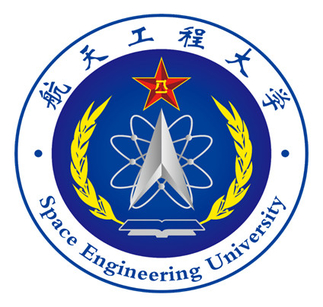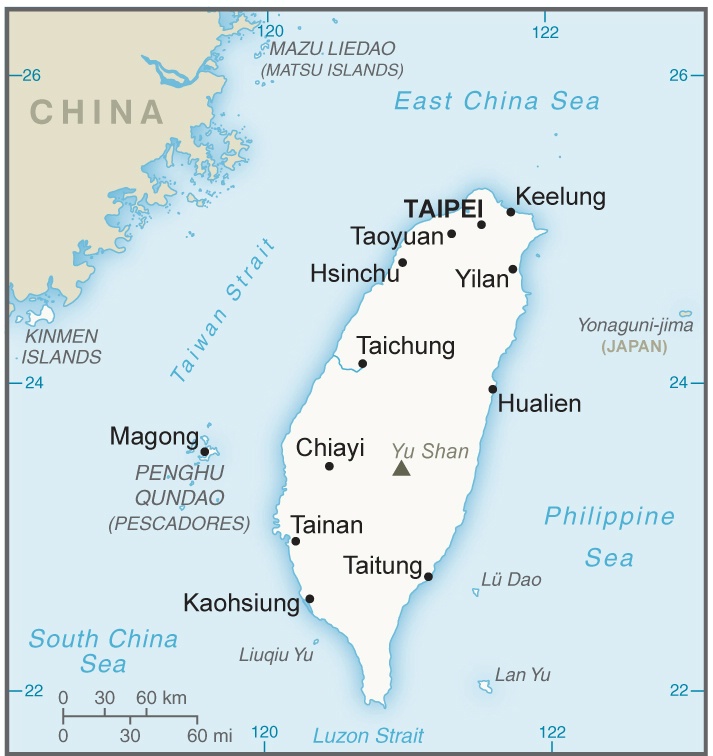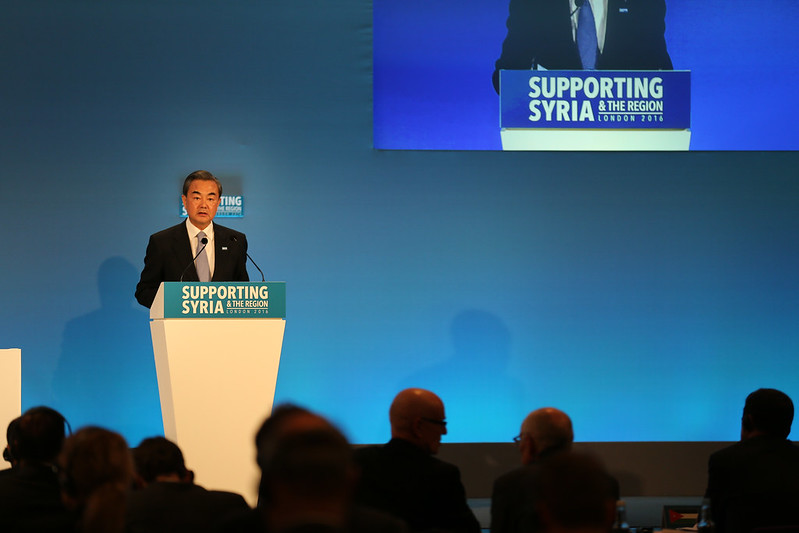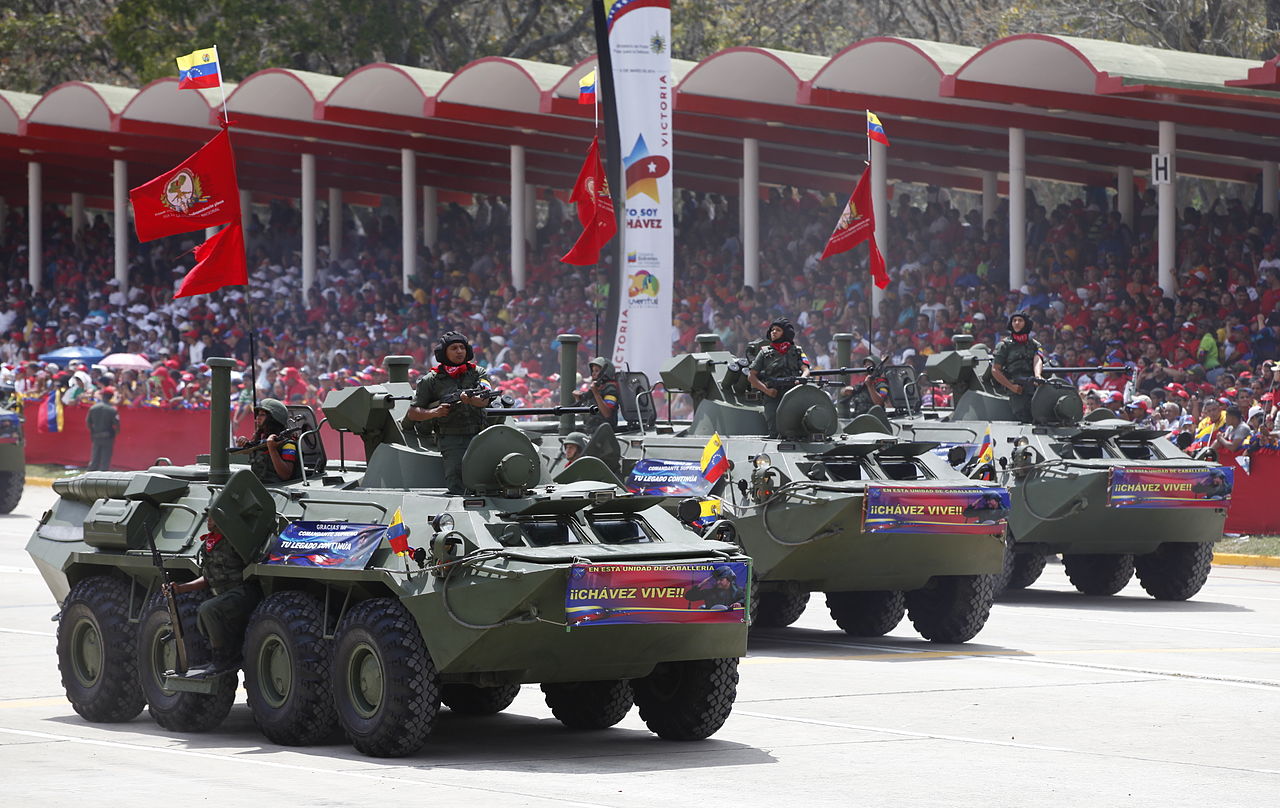
Strategic Support Force Space Engineering University.
In order to fight military and political battles well in future wars, we should deeply grasp the characteristics and laws of offensive and defensive operations in the cognitive domain and improve our ability to fight the “five battles”.
Numerous articles in the PLA’s official newspaper PLA Daily examine various soft, or noncombat, aspects of cognitive warfare. An article by an author from the PLA Strategic Support Force’s Space Engineering University diverges from these by advocating the integration of hard kill and preemption with noncombat aspects of cognitive domain operations to help the PLA severely degrade and disrupt an opponent to dramatically shape the battlespace and seize the initiative. The author notes that local wars and armed conflicts have become hybrid confrontations in multiple domains and employing multiple methods. Cognitive warfare attempts to influence the target’s cognitive faculties in the areas of physiology, psychology, and value judgments in a multi-domain battlespace. The author believes that there are five key objectives of cognitive warfare: to systematically restrict and control the opponent’s decision-making, to create chaos in international communications, to attack the opponent’s strategic focus, to actively shape the battlefield, and to seize strategic initiative. To achieve this, however, the author stresses a kinetic, proactive approach. Particularly, the article advocates preemptive strikes to destroy the enemy’s decisionmaking center, communications hubs, reconnaissance and early warning system, and other key nodes.
Sources:
“瞄准未来战争打好认知 ‘五仗’ (Aiming at the Future War and Fighting the Cognitive ‘Five Battles’),” PLA Daily (official newspaper of the People’s Liberation Army), 23 August 2022. http://www.81.cn/jfjbmap/content/2022-08/23/content_322554.htm
Recognize that information is the king of combat, expand the field and fight a good supporting battle. Future wars cannot be separated from strong information support, and system integration should be accelerated to gain data advantages. First of all, accelerate the construction of cognitive offensive and defensive combat theory base, databases, talent base, case example base and operational method base, dynamically collect and update the current situation of the enemy’s cognitive offensive and defensive combat capability construction, and provide all-round support for cognitive offensive and defensive combat. Second, we will accelerate the building of a media communication matrix, improve and perfect our own platform system, step up the promotion of network platforms, pay attention to system integration, collaboration and linkage, break through the “barriers” of information connectivity as soon as possible, and achieve cognitive integration, sharing and comprehensive effects. Thirdly, we will accelerate the coupling and linkage of information and cognitive domain operations, vigorously develop core technologies such as neural network systems, artificial intelligence applications, cognitive decision-making and psychological attack and defense, mine and analyze cross domain and heterogeneous cognitive information, improve cognitive means and information fusion systems, and provide for “the faculty of forecasting” and “being omniscient” to win future wars.
Cognitive warfare should be coordinated, and multi-dimensional efforts should be made to fight a good overall battle. The future war is a joint operation in the land, sea, air, space, network, electromagnetic and other fields. We should adhere to the systematic thinking, strengthen the awareness of coordination, and improve the compatibility and coordination of cognitive domain operations and other military actions. For example, it can integrate human intelligence, geographical intelligence and open-source intelligence, rapidly collect and process massive amounts of data, eliminate the false and retain the true, accurately and efficiently seize the cognitive space, and achieve complementary advantages and full coverage to form cognitive advantages. Through the networking of decentralized and multi domain forces, a joint force in all fields with high connectivity, collective action and overall attack capabilities will be established to achieve the effect of “integrated deterrence”. By integrating national resources, strengthening strategic communication, using cognitive momentum to amplify the effects of political disintegration, economic sanctions, diplomatic offensives, and cooperation with the target object by multi-dimensional pressure of military action, we strive to defeat the enemy without fighting.
Image Information:
Image: Strategic Support Force Space Engineering University
Source: https://zh.wikipedia.org/wiki/%E4%B8%AD%E5%9B%BD%E4%BA%BA%E6%B0%91%E8%A7%A3%E6%94%BE%E5%86%9B%E6%88%98%E7%95%A5%E6%94%AF%E6%8F%B4%E9%83%A8%E9%98%9F%E8%88%AA%E5%A4%A9%E5%B7%A5%E7%A8%8B%E5%A4%A7%E5%AD%A6
Attribution:





